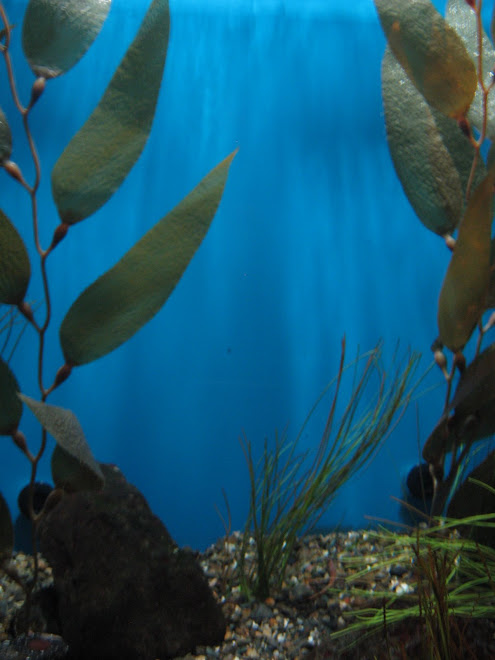Anyway.
I found this last night and it still holds up pretty well. I think I wrote it for Amy Phan's Metafiction class in 2008.
How to write my autobiography (vs. 2.7)
by Josie Petersen
Materials needed:
- Pen
- Composition Book
- I-Pod, charged, accompanied by headphones
- Comfortable location (ie. bedroom, back porch, a grassy field)
-Scotch tape
-Extra paper, loose-leaf (or sheets torn from the composition book, but that is frowned upon, as the rough edge creates an asymmetrical aspect to the paper and must be remedied by tearing the remaining three edges to make them all rough).
Step 1: Preparation
This is where: pen and composition book are placed in front of the author, ready for immediate utilization. Headphone buds are inserted into the ears and a musical selection is made as appropriately describes the tone the author wishes to set (for example, if the section/chapter/blip/blurb/segment/piece/work were to lean towards introspection, the music would probably slow down a little (Pedro the Lion, Espers, Her Space Holiday) as opposed to a section/chapter/blip/blurb/segment/piece/work that evoked anger a more intense emotion (the Damned, the Clash, Jawbreaker).
Step 2: Procrastination
This is where: there seem to be many other important things to do besides write about oneself. In fact, these things probably aren’t important at all, it probably isn’t necessary to windex the windows right now, and the oven would still function if it weren’t cleaned in the next few minutes. Also, the state of the author’s email inbox probably hasn’t changed since she checked it a few seconds ago, and there is no reason to have organized all the books on the bookshelf in alphabetical order, according to the second letter in the author’s first name. Really. The reason for the procrastination is usually related to the daunting prospect of the project at hand, and one way to relieve this tension is step 3: Mapping.
Step 3: Mapping
This is where the author decides to overcome procrastination by writing down names, phrases, locations, events, flavors, tastes, colors, songs, etc. that inspire specific memories, with tag lines for each one. It looks something like this:
[ imagine scribbles here ]
Pretty soon this tiny map is covered in tiny notes filled with tiny details, and this is where the Scotch tape and extra paper come in handy. Once the first page has been filled, tape other pages to the edge of the first and continue the process. The map will become huge, daunting and exciting. It will take up an entire wall and spark memories that have lain dormant for years. However, the extent of this map and the detail included will have barely touched the surface of everything the author suddenly wants to say, and more questions will arise with every new word that is recorded. Here are some examples of these questions:
“What events should I include, and which ones should I throw out?”
“Which ones are interesting to a general audience, and which ones are only interesting to me?”
“What if nothing is interesting, except to me?”
“Oh shit. What if nobody wants to read this at all?”
“Maybe I should just write something else?”
“Well, maybe I should just take a break and get some lunch, come back to this later?”
When the questions become this difficult, it’s best to move on to step 4: Writing.
Step 4: Writing
This is where: the author picks up her tools, shakes her fist at procrastination, chucks away the map and begins to scribble furiously in the composition book. This step continues for an indefinite period of time until hand cramps prevent the formation of any more words, or some other event puts a constraint on time. At this point, the composition book is left lying open in whatever position it was left in until the author is able to return and begin the process again, starting from step 1.

No comments:
Post a Comment